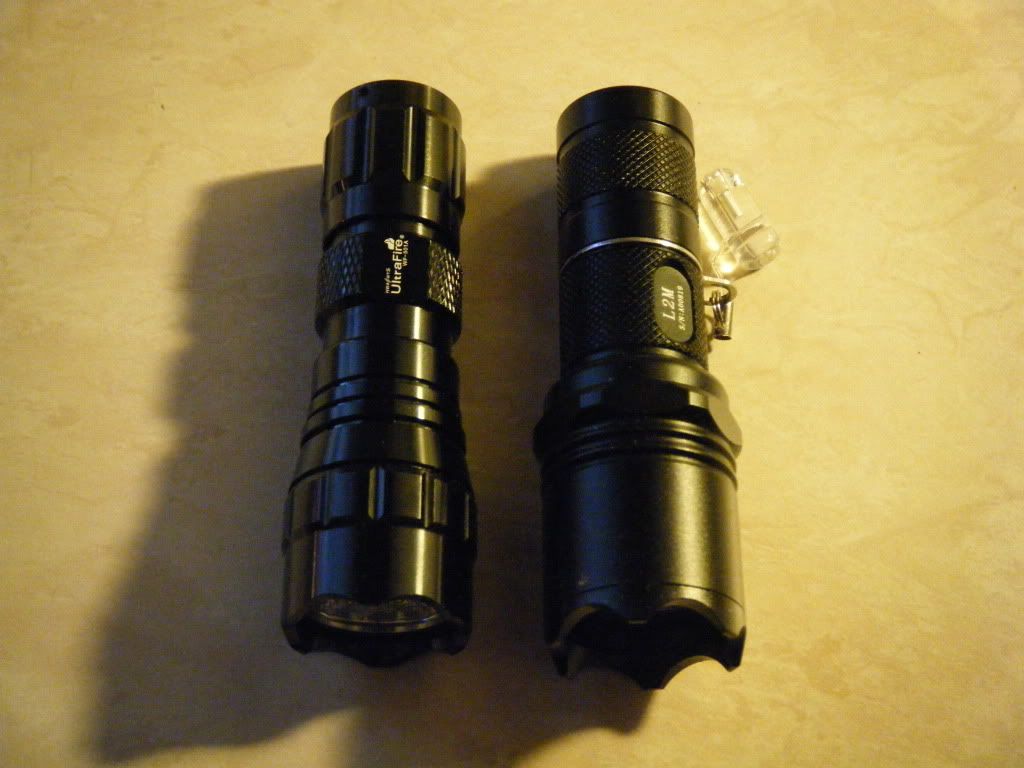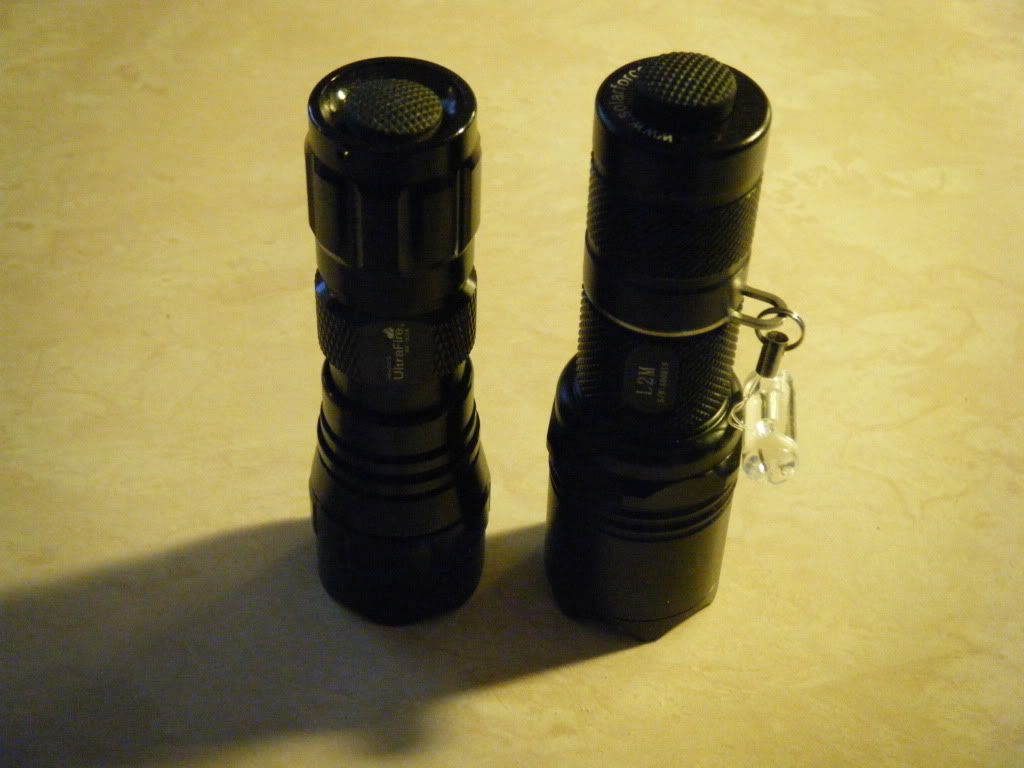Howdy!
One thing I guess everyone here has already noticed is the HUGE FROG-BARKING BOATLOAD of Precious Jewels of Information in these Threads.
What I find somewhat disturbing, is the OT posts — the “oh-by-the-way” comments which are likewise fully loaded with Valuable Information. They don’t “fit” with the Thread Topics, and often don’t contain “buzzwords”, making them almost impossible to find later. “Disturbing”, Dimbo, you dim bulb? You mean besides your odd archaic Grammar? Whazzat?
I’m disturbed by waste. To me, these OT treasures are wasted, buried in threads long-dead. The valuable Threads are preserved, as “Stickies”, but IMNERHO there is as much Treasure in these odd OT posts as there are in the Stickies — nevermind the unloved threads in which they appear.
WHAT I PROPOSE, then, is a polite request to the Community: I’m starting this Thread as a place to collect the Buried Treasure posts. Not whole threads, except by link; but original posts, Off- or On-topic, which might not be noticed in the threads in which they appear. I only ask that you guys who like to put up the monstrous block-quotes just Stop. The Treasure isn’t in there. It’s the line or paragraph or whole, primary posts where some Very Useful tip has been laid out, which won’t be seen again unless you bring it here.
Not “tooting my own horn”, but to lead by example, I’m going to reserve Post #2 for one small illustration of the concept. Then I’m going Prospecting (as time permits, of course)!
My proposed format would be a link to the primary Thread or Post, followed by a carefully-trimmed block-quote of the Treasure/Tip itself, perhaps with following commentary (great place to put up useful search-by keywords!!) by the Prospector who brings it here.
Thank you for considering my idea, and for dredging up Treasures for us all to enjoy!
Dimbo the Blinky






